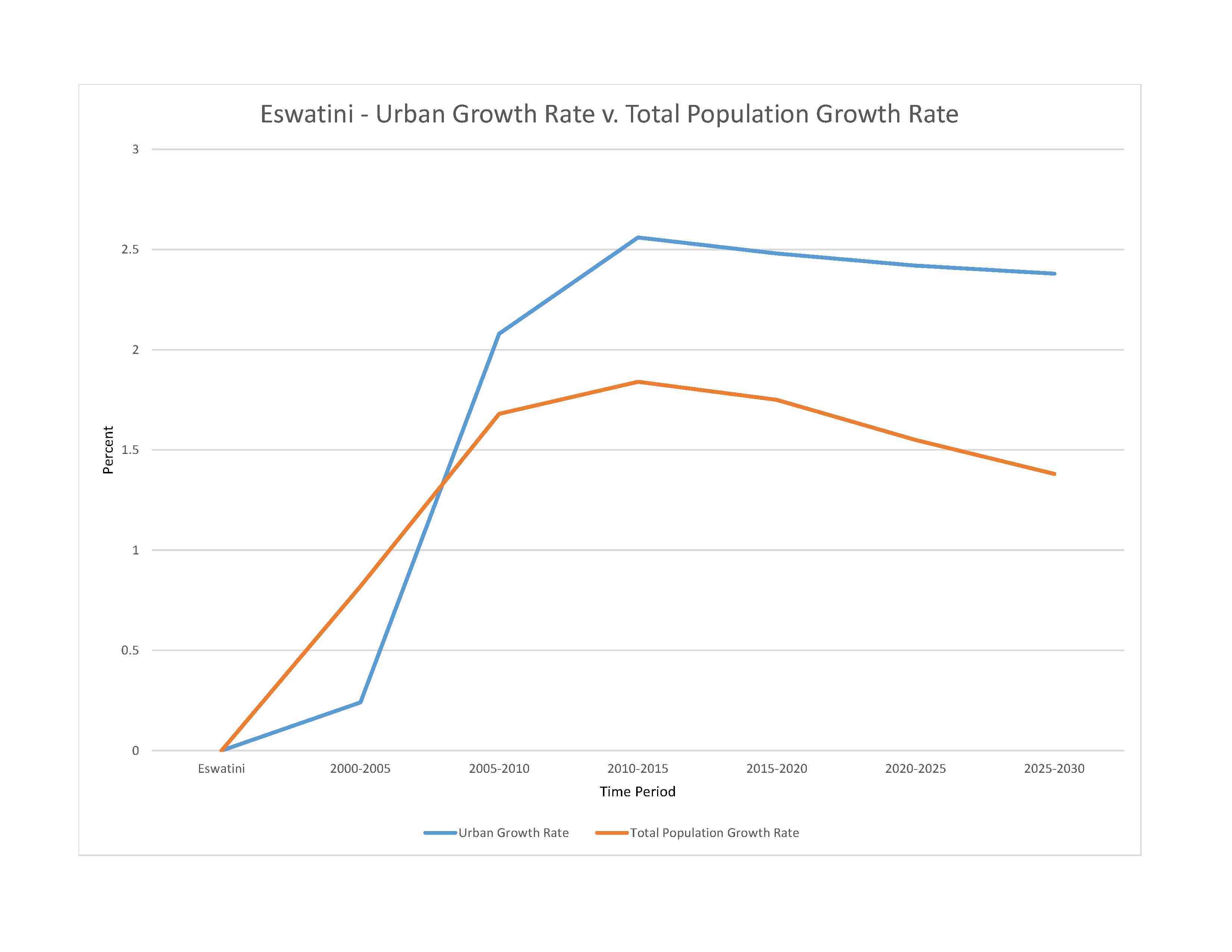
limited supplies of potable water; wildlife populations being depleted because of excessive hunting; population growth, deforestation, and overgrazing lead to soil erosion and soil degradation
party to: Biodiversity, Climate Change, Climate Change-Kyoto Protocol, Climate Change-Paris Agreement, Comprehensive Nuclear Test Ban, Desertification, Endangered Species, Hazardous Wastes, Law of the Sea, Nuclear Test Ban, Ozone Layer Protection, Wetlands
signed, but not ratified: none of the selected agreements
varies from tropical to near temperate
agricultural land: 68.3% (2018 est.)
arable land: 9.8% (2018 est.)
permanent crops: 0.8% (2018 est.)
permanent pasture: 57.7% (2018 est.)
forest: 31.7% (2018 est.)
other: 0% (2018 est.)
urban population: 24.8% of total population (2023)
rate of urbanization: 2.42% annual rate of change (2020-25 est.)

severe localized food insecurity:due to higher staple food prices - the price of maize meal, the key food staple, increased in the first five months of 2022 and, as of May 2022, were 3 percent higher on a yearly basis; wheat flour prices were also at record highs in May 2022; this mainly reflects the elevated global prices and the country’s high dependence on imported wheat to satisfy national consumption needs (2022)
2.25% of GDP (2018 est.)
0.1% of GDP (2018 est.)
particulate matter emissions: 15.07 micrograms per cubic meter (2019 est.)
carbon dioxide emissions: 1.16 megatons (2016 est.)
methane emissions: 1.9 megatons (2020 est.)
municipal solid waste generated annually: 218,199 tons (2016 est.)
municipal: 40 million cubic meters (2020 est.)
industrial: 20 million cubic meters (2020 est.)
agricultural: 1.01 billion cubic meters (2020 est.)
4.51 billion cubic meters (2020 est.)
NOTE: The information regarding Eswatini on this page is re-published from the 2024 World Fact Book of the United States Central Intelligence Agency and other sources. No claims are made regarding the accuracy of Eswatini 2024 information contained here. All suggestions for corrections of any errors about Eswatini 2024 should be addressed to the CIA or the source cited on each page.
This page was last modified 04 May 24, Copyright © 2024 ITA all rights reserved.